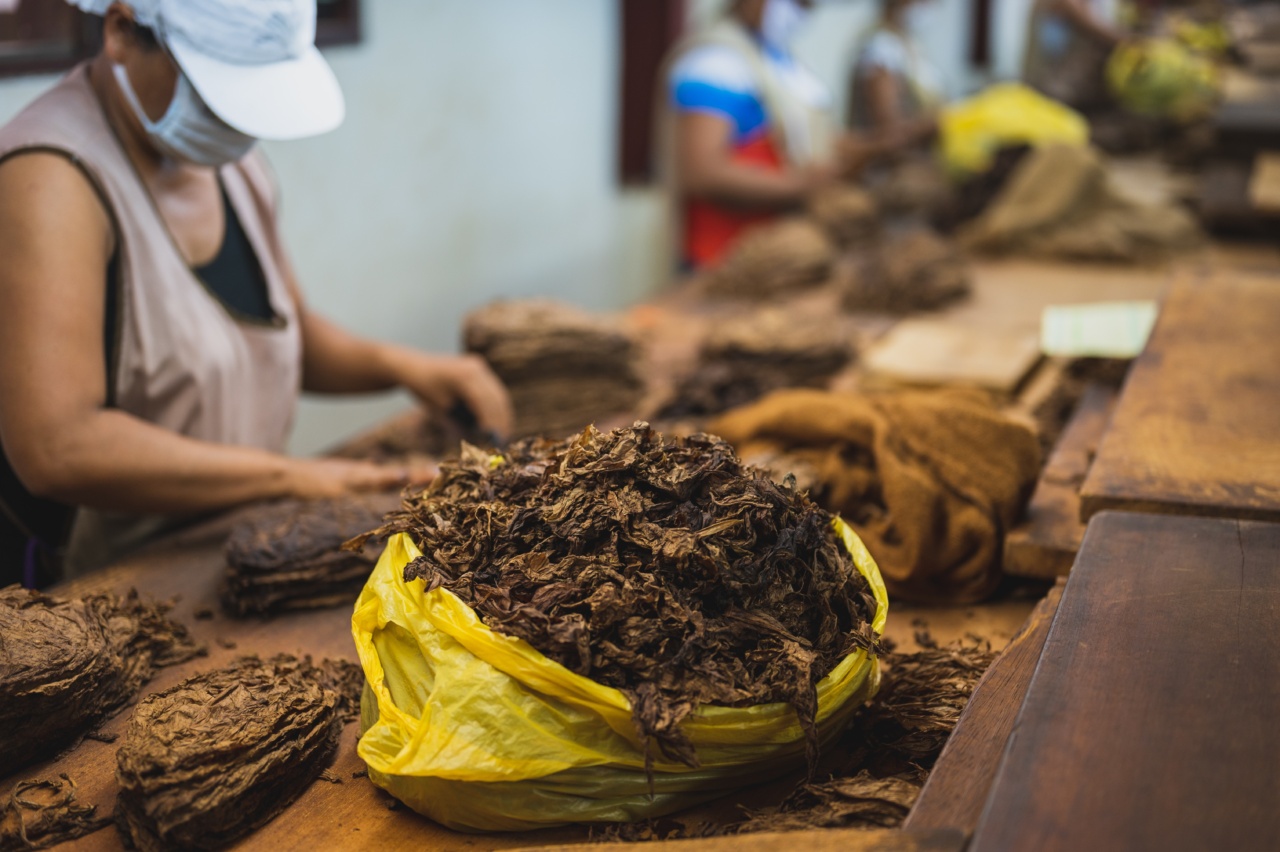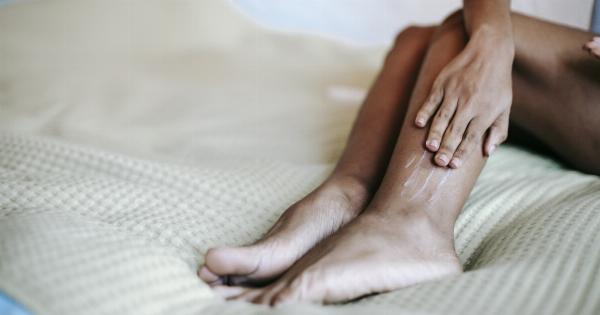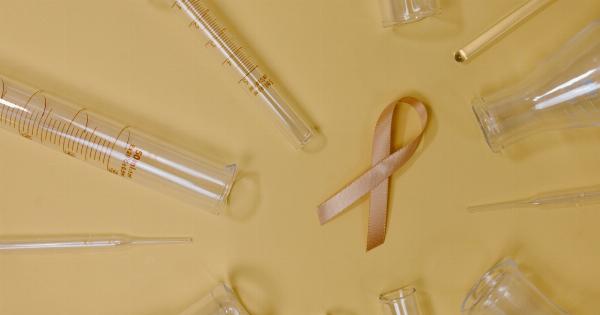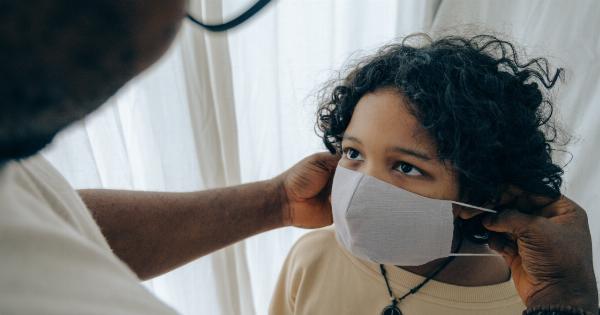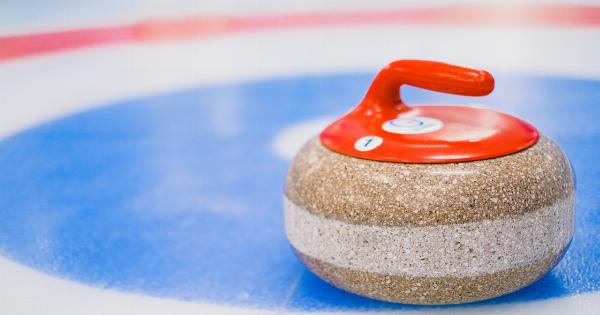Papillomas on the skin, also known as skin tags, are small harmless growths that develop on the skin. They are usually painless and tend to appear in areas where there is skin-on-skin friction, such as the neck, eyelids, armpits, and groin.
They are composed of blood vessels and fibrous tissue and can vary in size and shape. While papillomas on the skin are usually harmless, they can be unsightly and may cause self-consciousness or discomfort.
Ways to contract papillomas on the skin
While the exact causes of papillomas on the skin are not fully understood, several factors may contribute to their development. These include:.
- Age: as we age, our skin becomes thinner and less elastic, making it more prone to developing papillomas.
- Obesity: being overweight can create areas of skin-on-skin friction, increasing the likelihood of developing papillomas in those areas.
- Pregnancy: pregnancy can cause hormonal changes that can lead to the development of papillomas on the skin.
- Genetics: some people are genetically predisposed to developing papillomas on the skin.
Ways to remove papillomas on the skin
While it is always important to consult a healthcare professional before attempting to remove papillomas on the skin, there are several methods that can be used. Some of these methods include:.
Cryotherapy
Cryotherapy involves the use of liquid nitrogen to freeze off the papilloma. This method is usually done by a healthcare professional, and multiple sessions may be required to completely remove the growth.
While this method is generally safe, it can cause pain or scarring in some cases.
Surgical removal
Another option for removing papillomas on the skin is surgical removal. This method is usually reserved for larger papillomas or those in particularly sensitive areas.
The procedure involves cutting the growth off with a scalpel or scissors and may require stitches. While this method is effective, it can also be painful and may leave a scar.
Electrocautery
Electrocautery involves using an electrical current to burn off the papilloma. This method is usually done under local anesthesia and can cause minor pain and scarring.
Ligation
Ligation involves tying the base of the papilloma with a suture or thread to cut off its blood supply, causing it to fall off. This method is relatively painless but may take longer to completely remove the growth.
Home remedies
While there are several over-the-counter home remedies for removing papillomas on the skin, it is important to note that these methods have not been scientifically proven and may not be effective or safe. Some of these methods include:.
- Applying apple cider vinegar
- Using tea tree oil
- Applying vitamin E oil
- Using duct tape
It is important to consult a healthcare professional before attempting any home remedies.
Preventing papillomas on the skin
While papillomas on the skin may not always be preventable, there are several measures that can be taken to reduce the risk of developing them. These include:.
